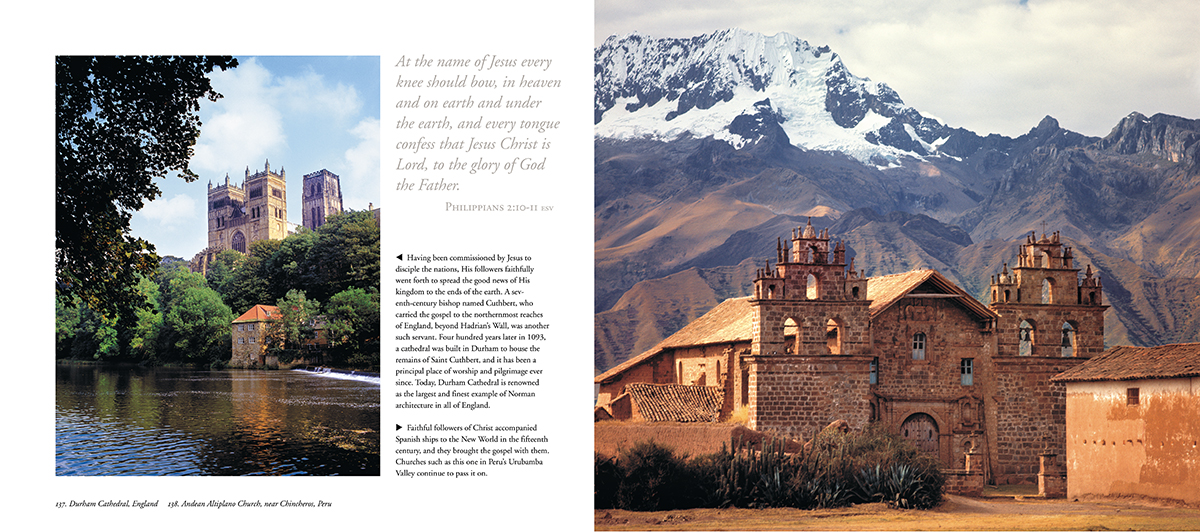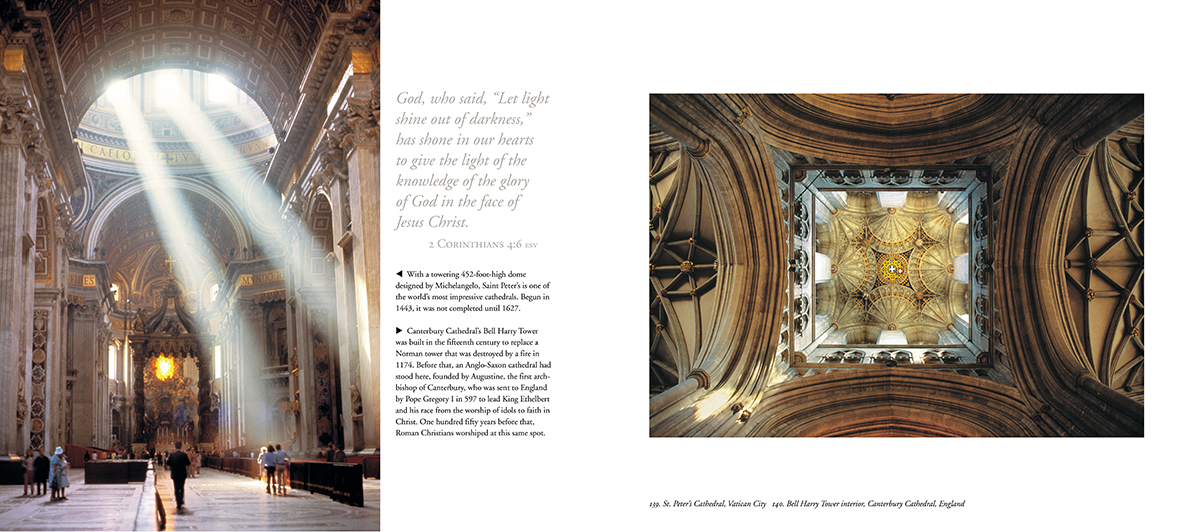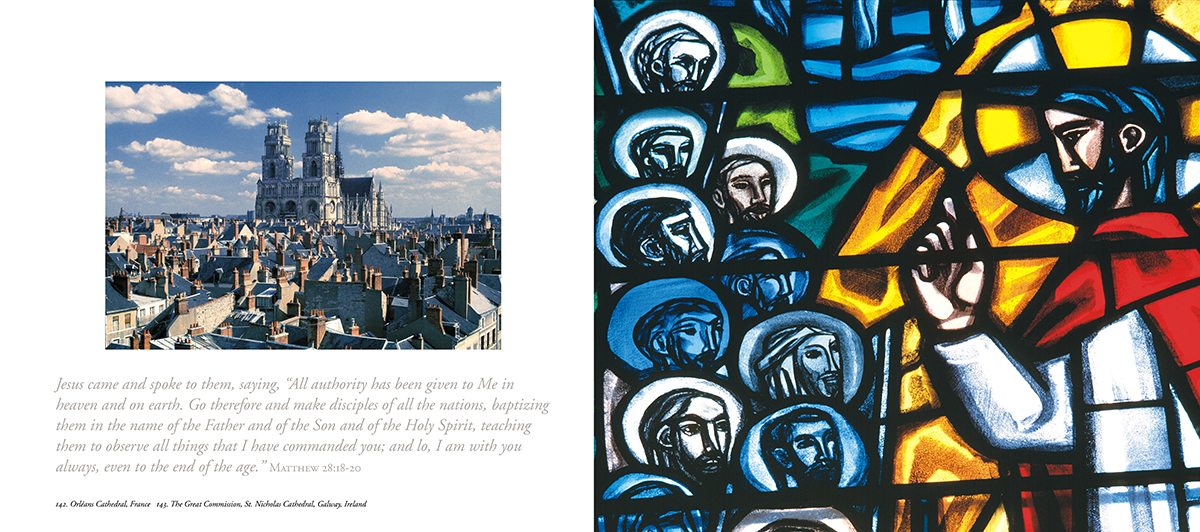Statue of Christ overlooking Yungay, Peru
“I will put enmity between you and the woman, and between your seed and her Seed; He shall bruise your head, and you shall bruise His heel.” Genesis 3:15
For thousands of years, God told Adam and Eve’s descendants more and more about the Promised One. Faithfully worshiping God, the coming Messiah would perfectly trust and obey Him (Isaiah 50). He would be the servant king Adam had failed to be and would heal man’s relationship with nature (Isaiah 9, 11). He would truly love others, though they would hate Him, and He would even die to restore them to God (Isaiah 53). He would be both God and man (Isaiah 7). As a result of His suffering, God would exalt Him as king over an everlasting kingdom and would draw all nations to worship Him and call Him Mighty God and Everlasting Father. This second Adam would restore everything the first Adam had lost.
From 100 B.C. to 100 A.D., numerous Jewish men in Palestine claimed to be God’s Promised One, leading their followers to revolt against the oppressive Roman government in the hope of establishing God’s kingdom. But all of them were killed, imprisoned, or discredited, and their followers were scattered. One man, however, was different. His name was Jesus of Nazareth, and, although He claimed to be the promised king, the kingdom He preached was not what people expected. He said that God’s kingdom would come not through armed revolt but through confessing their rebellion and turning back to God. As they witnessed Him performing miracles, casting out demons, healing the sick and lame, perfectly loving God and man, and even claiming to be God the Son, some were persuaded that He was indeed the promised king. Others despised Him, and, rejecting the kingdom He proclaimed, convinced the Romans to torture and crucify Him. His followers were scattered, fearing for their lives.
Soon, however, they were boldly declaring that Jesus had risen with a glorious new body, and had appeared not only to them but to more than five hundred people at once. Before ascending to heaven, Jesus announced that all authority in heaven and earth had been given to Him, and He commanded His disciples to go into all the nations, baptizing them in the name of the Father, the Son, and the Holy Spirit, teaching them to obey all He had commanded. Jesus’ followers, transformed by His resurrection and the power of the Holy Spirit into a fearless band of believers, now courageously spread the good news that the Promised One had come. He had defeated Satan and death, had been exalted as the king over all creation, and had granted eternal life to all who trusted and obeyed Him. They proclaimed His kingdom throughout the earth, many being martyred for it, declaring that Jesus was God the Son, the true image of God, in whose image man was made and to whose image they could be restored. Those who believed and were baptized into Jesus’ body, the church, would learn to love, rule, and worship as God intended. Strengthened rather than scattered by persecution, this body of believers continues to grow today, advancing God’s kingdom
as He restores men, women, and children to the glorious image of God.
At the name of Jesus every knee should bow, in heaven and on earth and under the earth, and every tongue confess that Jesus Christ is Lord, to the glory of God the Father. Philippians 2:10-11 esv

Durham Cathedral, England — Andean Altiplano Church, near Chincheros, Peru
Having been commissioned by Jesus to disciple the nations, His followers faithfully went forth to spread the good news of His kingdom to the ends of the earth. A seventh-century bishop named Cuthbert, who carried the gospel to the northernmost reaches of England, beyond Hadrian’s Wall, was another such servant. Four hundred years later in 1093, a cathedral was built in Durham to house the remains of Saint Cuthbert, and it has been a principal place of worship and pilgrimage ever since. Today, Durham Cathedral is renowned as the largest and finest example of Norman architecture in all of England.
Faithful followers of Christ accompanied Spanish ships to the New World in the fifteenth century, and they brought the gospel with them. Churches such as this one in Peru’s Urubamba Valley continue to pass it on.
God, who said, “Let light shine out of darkness,” has shone in our hearts to give the light of the knowledge of the glory of God in the face of Jesus Christ. 2 Corinthians 4:6 esv

St. Peter’s Cathedral, Vatican City — Bell Harry Tower interior, Canterbury Cathedral, England
With a towering 452-foot-high dome designed by Michelangelo, Saint Peter’s is one of the world’s most impressive cathedrals. Begun in 1443, it was not completed until 1627.
Canterbury Cathedral’s Bell Harry Tower was built in the fifteenth century to replace a Norman tower that was destroyed by a fire in 1174. Before that, an Anglo-Saxon cathedral had stood here, founded by Augustine, the first archbishop of Canterbury, who was sent to England by Pope Gregory I in 597 to lead King Ethelbert and his race from the worship of idols to faith in Christ. One hundred fifty years before that, Roman Christians worshiped at this same spot.
Jesus came and spoke to them, saying, “All authority has been given to Me in heaven and on earth. Go therefore and make disciples of all the nations, baptizing them in the name of the Father and of the Son and of the Holy Spirit, teaching them to observe all things that I have commanded you; and lo, I am with you always, even to the end of the age.” Matthew 28:18-20

Orléans Cathedral, France — The Great Commission, St. Nicholas Cathedral, Galway, Ireland

